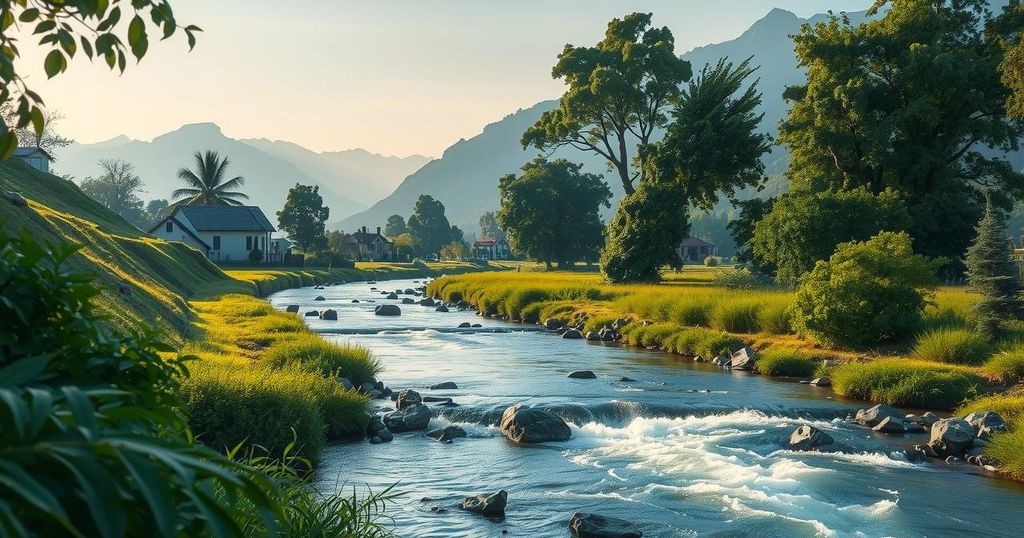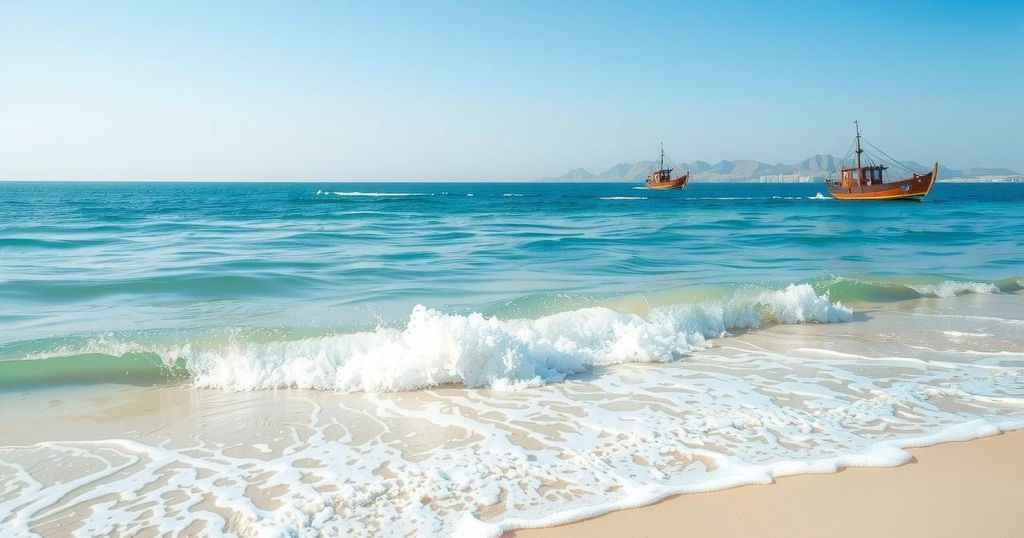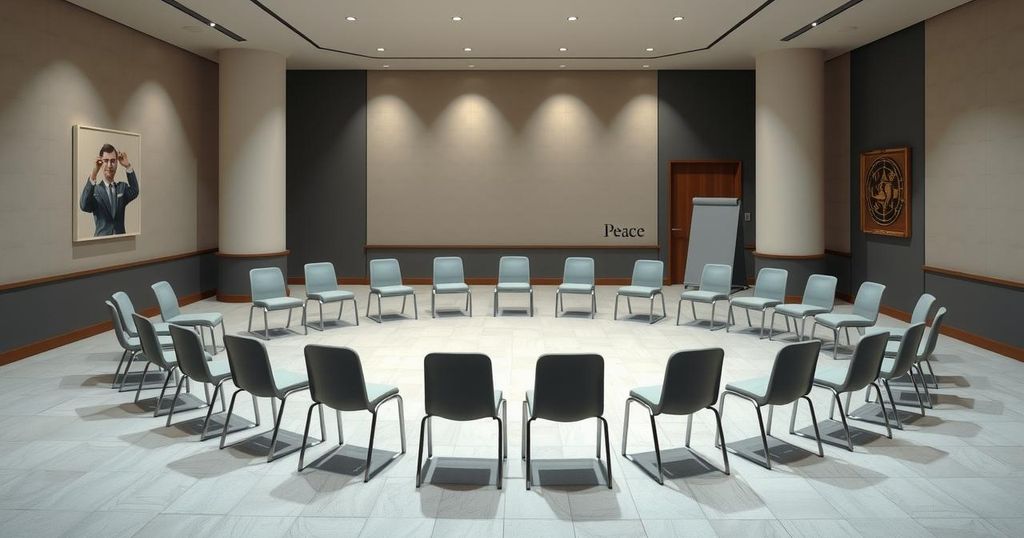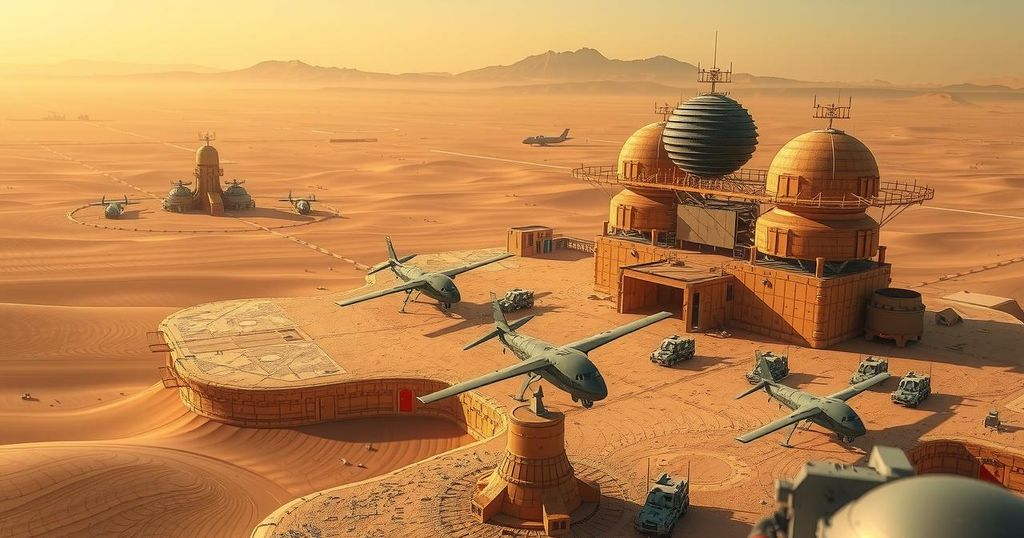The Democratic Republic of Congo faces a severe crisis as M23 militants seize Goma, causing extensive casualties and displacement. Rooted in historical ethnic tensions, the conflict incorporates vast mineral wealth struggles. Regional dynamics complicate the situation, with Rwanda’s indirect involvement and rising tensions in neighboring countries. M23’s resurgence emphasizes ongoing strife linked to the aftermath of the Rwandan genocide.
The ongoing crisis in the Democratic Republic of Congo (DRC) has intensified due to the M23 militia’s capture of Goma, a city rich in minerals, bordering Rwanda. Since January, the conflict has claimed over 2,900 lives and displaced nearly 700,000 people. As hostilities extend southward, M23 rebels are aiming for Bukavu in the South Kivu province, another strategically significant area.
The roots of the current conflict can be traced back to the Rwandan genocide in 1994, which heightened long-standing ethnic tensions between Hutus and Tutsis that originated in the colonial era. The colonial powers of Belgium and Germany favored Tutsis, leading to social strife, and by 1959, Hutus initiated a revolution, resulting in mass violence against Tutsis.
The Rwandan genocide resulted in the killing of around 800,000 Tutsis and moderate Hutus in a span of 100 days, following the assassination of two Hutu presidents. This brutal campaign ended only after the Rwandan Patriotic Front (RPF) overthrew the genocide perpetrators. President Paul Kagame, one of the RPF leaders, has been in power since 2000.
After the genocide, approximately two million Hutus fled into the DRC, giving rise to over 120 armed groups, including M23 and the Democratic Forces for the Liberation of Rwanda (FDLR). The DRC has faced significant conflict, especially during the First and Second Congo Wars, which involved multiple African nations and resulted in devastating casualties and instability.
M23, established in 2012, emerged from a failed peace agreement involving the Tutsi-led CNDP. The group is defending Tutsi interests and recently regained strength, capturing Goma after facing setbacks in earlier confrontations. The M23 is primarily accused of war crimes and continues to pose a challenge to stability in the region.
Ethnicity plays a crucial role in the DRC’s conflict, but economic factors are also significant. The eastern regions are rich in minerals, particularly Coltan, a crucial component in electronics manufacturing. The capture of Goma enhances M23’s strategic position in this resource-rich area, crucial for global supply chains.
Regional reactions have varied; DRC President Felix Tshisekedi condemned the takeover, branding it “an act of war.” In contrast, President Kagame of Rwanda has stretched the narrative to suggest legitimacy in M23’s claims. Neighboring Burundi has expressed concerns that Rwanda’s actions might precipitate further conflict in the region.
Ultimately, Uganda has opted for a middle path, affirming support to combat militants while permitting the M23 to use its territory. The international community continues to monitor this evolving crisis, as the implications extend beyond the DRC, influenced by historical grievances and current geopolitical dynamics.
The situation in the Democratic Republic of Congo, driven by the resurgence of M23 rebels and the complex interplay of ethnic tensions and resource competition, poses significant humanitarian and geopolitical challenges. Historical grievances originating from the Rwandan genocide continue to plague the region, impacting the welfare of millions. The response from regional actors remains divided, as escalating violence raises concerns over stability in Central Africa.
Original Source: www.thehindu.com




